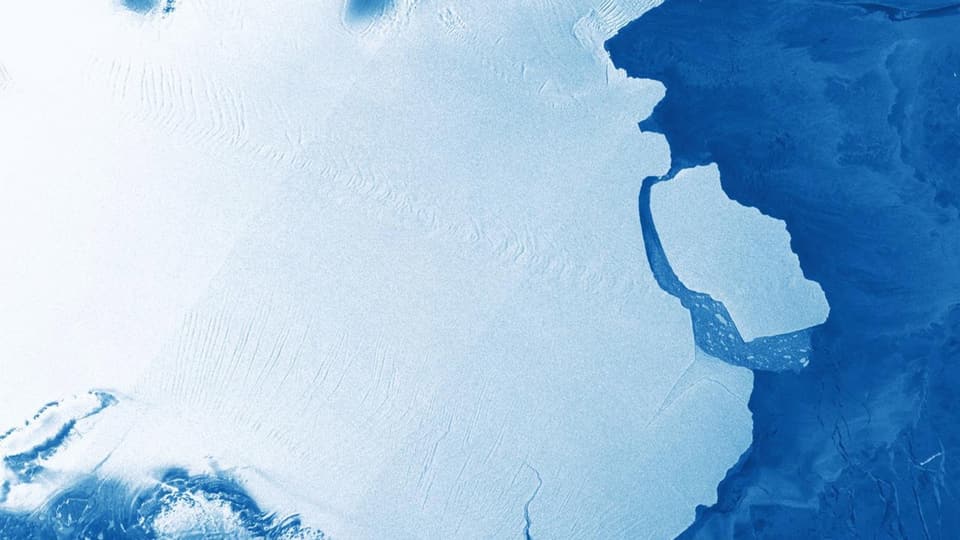Contents
The floating ice still holds the glaciers. According to a new study, melting can at best be delayed.
The ice shelves in front of the glaciers of West Antarctica will thaw even if the Paris climate target is met. This is according to a new, worrying study published in the scientific journal Nature Climate Change.
“It looks like we have lost control of the melting of the West Antarctic ice sheet,” writes Kaitlen Naughten, lead author of the study. She and her research colleagues have examined in more detail than ever before how the sea in West Antarctica is warming – depending on how much global warming increases.
According to the study, rapid ocean warming cannot be stopped
The result of their modeling is striking: regardless of whether the global temperature increase is 2.6 degrees, 2 degrees or just 1.5 degrees – rapid warming of the sea is likely in all variants.
And this means that the melting of the ice shelf on the sea, which is still hundreds of meters thick today, is inevitable. This has an impact on huge glaciers such as the Thwaites Glacier. So far, the ice shelf has prevented these glaciers from sliding into the sea.
There is also the threat of glacier melt from below. Because the ground on which the glacial masses lie slopes towards the interior of the continent.
This is why the huge glaciers can be undermined by seawater and melted from below. This process takes centuries, but the melting of the West Antarctic ice sheet alone would cause sea levels to rise by four to five meters.
Critical comments on the study
Glaciologists and climate scientists who were not involved consider the study to be solid. The far-reaching conclusions, however, do not go unchallenged: It is certainly possible that the melting of West Antarctica can no longer be prevented. However, the interaction between sea temperature, the melting process and the sliding of glaciers is so complex that the interactions cannot be conclusively clarified even with this study, according to the assessment.

Legend:
The satellite image shows iceberg D83, which calved from Antarctica’s third largest ice shelf, “Amery”, on September 25, 2019. It had an area of 1,582 square kilometers and was therefore slightly larger than the canton of Lucerne.
Keystone/EPA/European Union/Copernicus
However, all researchers agree on one point: every tenth of a degree that the world warms less is valuable. Be it that the collapse of the entire West Antarctica can perhaps be prevented after all. Or be it that there is more time to clear coastal areas in an orderly manner or – if possible – to protect them with huge dikes.
